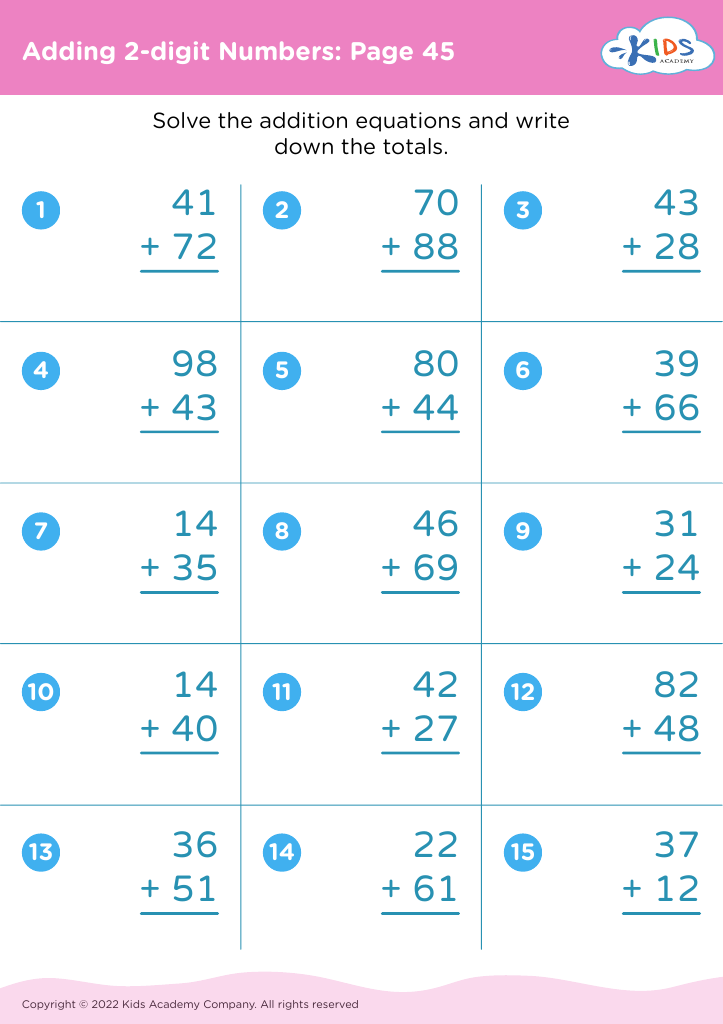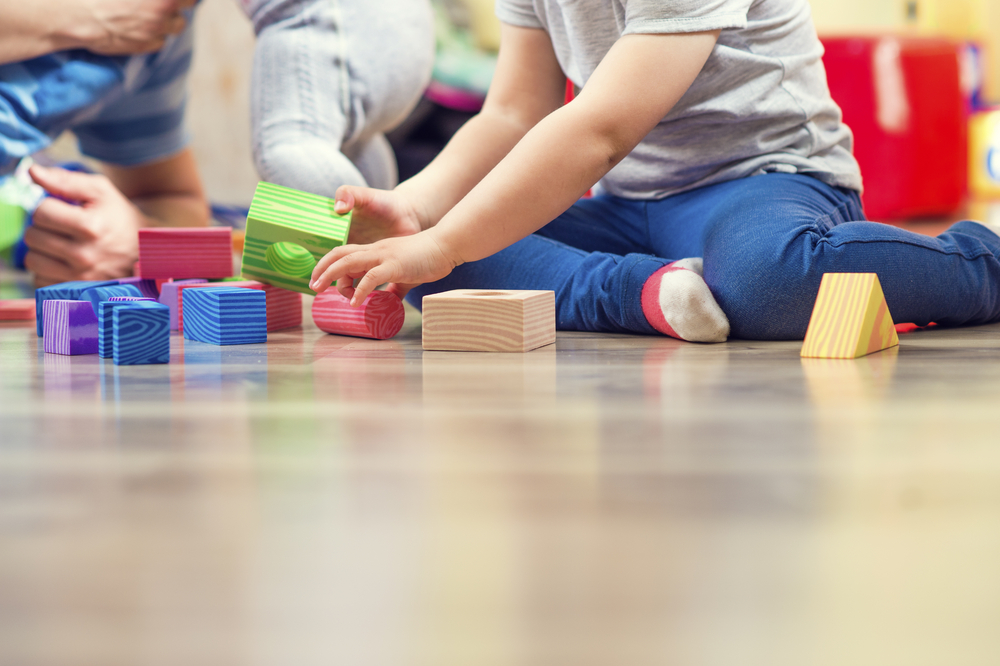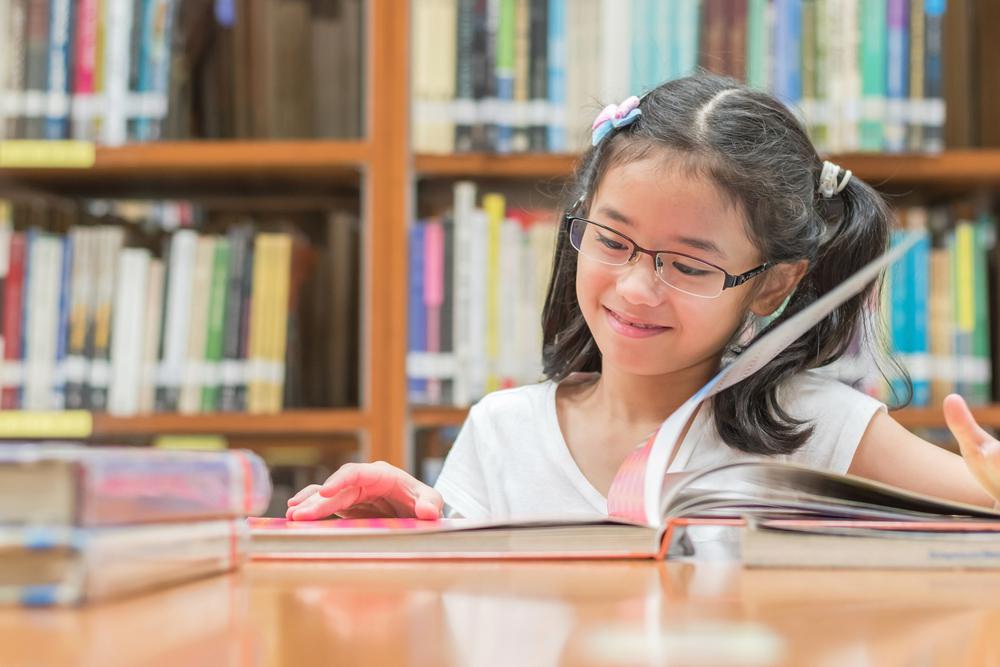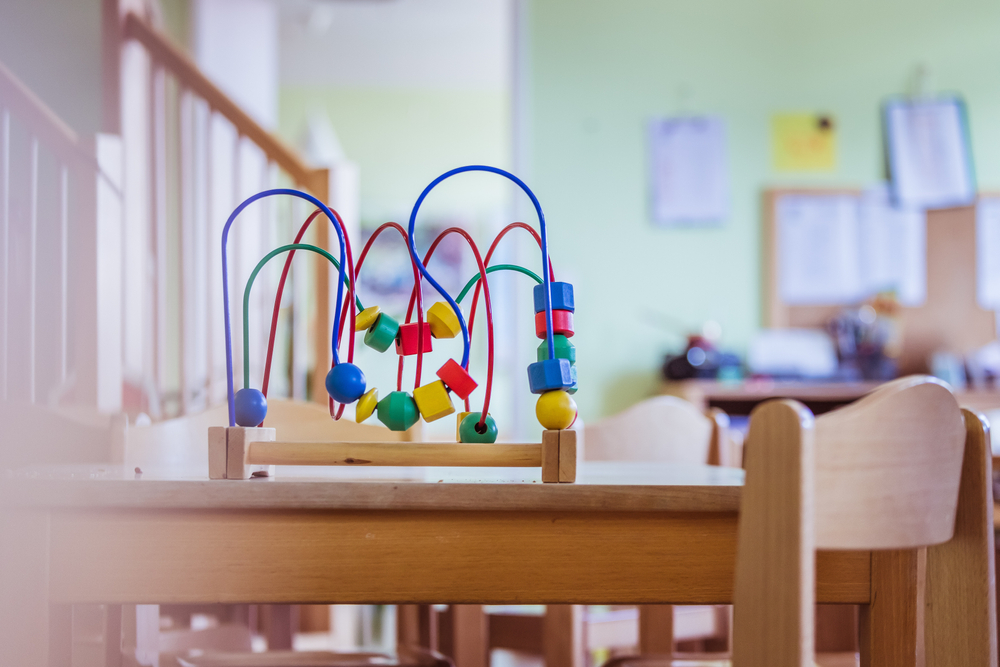Learn rhyming words Worksheets for Kids
1 filtered results
-
From - To
Question/Answer
Why is the Learn rhyming words skill important for Grade 2 students?
The Learn rhyming words skill is important for Grade 2 students because it enhances phonemic awareness, a crucial component of early reading skills. It helps children recognize patterns in language, improves memory and auditory skills, and supports the development of spelling and decoding abilities, laying a foundation for fluent reading and writing.
How does the mastery of the Learn rhyming words skill affect a student's performance at an early age?
The mastery of Learn rhyming words at an early age positively impacts a student's performance by enhancing phonemic awareness, which is crucial for reading and spelling skills. It also improves memory, vocabulary, and language skills, making it easier for children to understand and predict the sounds within words. These foundational skills contribute to better overall literacy and academic success.
How to train the Learn rhyming words skill in Grade 2 students learning about Adding 2-digit Numbers?
To train Grade 2 students in rhyming words while learning about adding 2-digit numbers, create a set of rhyming math word problems. For example, "If you add 22 and 11, what is your sum? Does it rhyme with 'fun' or 'stone'?" This method integrates literacy and math, engaging students in both rhyme recognition and addition practice simultaneously.












